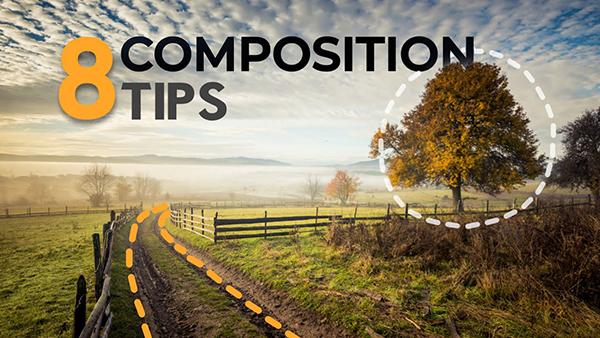Pro Composition: Nature & Wildlife Photos with Maximum Impact (VIDEO)

Technical skills are undoubtedly important, but sometimes they're not enough to capture images with maximum impact. That's because even if you know your way around the camera your images will suffer if you're not equally adept at composing scenes in the field.
The video below from one of our favorite outdoor photographers reveals a number of common framing mistakes that have to do with following the "rules" of photography too closely. You'll learn when the break the rules and use other effective techniques instead.
Instructor Simon's d'Entremont is an accomplished pro based in Eastern Canada, specializing in wildlife and landscape photography. He's also a great instructor who posts weekly tutorials, and in this episode he reveals several of his secrets for composing outdoor scenes in a variety of different situations.

Simon puts it like this: "Compelling compositions really separate artistic photos from snapshots of convenience." His straightforward, practical tips will help you transform average photos into great ones in barely eight minutes.
The first mistake occurs when including people or animals in a shot, without leaving sufficient room to avoid "squashing" these subjects. A common example is when the subject is too close to the edge of the frame. Or as Simon says, "it's like punishing someone by making them stand in a corner." This is easy to resolve by finding something interesting with colors or patterns to fill the empty space.
Another beginner mistake is to put your subject in the middle of the frame without any symmetry to balance out the shot. Simon says the middle is rarely the most interesting place to position a subject. As you'll see, photos are usually more engaging with the subject placed off to one side with other complimentary elements elsewhere in the frame.

The time to center a subject is when there's symmetry in the scene, with equally weight on both sides of a photograph, as Simon illustrates with a several very effective images. As he explains "this is a unique way of providing a balanced and proportional view"—especially when the subject is looking straight at the camera.
The foregoing is just two of the seven tips that Simon provides, and they're all very easy to accomplish. So put these methods to work the next time you're out in the field and great photos will be the result. You can find more great lessons on outdoor photography by paying a visit to Simon's instructional YouTube channel. So head over there after watching this video.
We also suggest watching the very helpful tutorial we posted recently, explaining seven additional landscape photography tips from another accomplished pro.
- Log in or register to post comments















































